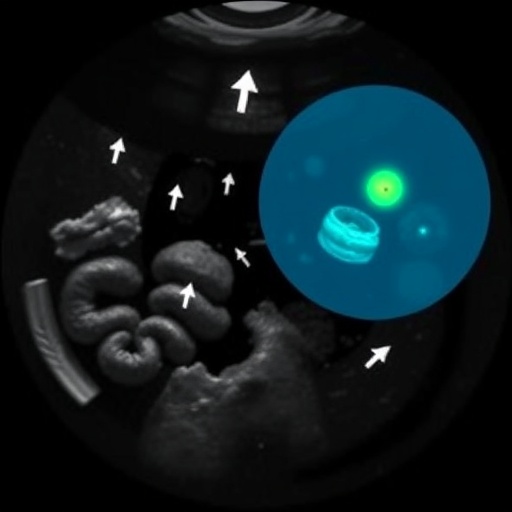Tiny "submarines" that speed independently through the stomach, use gastric acid for fuel (while rapidly neutralizing it), and release their cargo precisely at the desired pH: Though it may sound like science fiction, this is a new method for treating stomach diseases with acid-sensitive drugs introduced by scientists in the journal Angewandte Chemie. The technique is based on proton-driven micromotors with a pH-dependent polymer coating that can be loaded with drugs.
Though our gastric acid is useful for digestion and protection from pathogens, it can be destructive to orally administered, pH-sensitive pharmaceuticals, including protein-based drugs or some antibiotics. A coating resistant to gastric juices is sufficient to protect substances intended to work in the intestines. However, if a drug needs to be activated in the stomach, for instance to treat stomach ulcers or Helicobacter pylori bacteria infection, it is usually combined with proton pump inhibitors to block production of acid. When used over longer periods, these can cause some side effects in patients, including headaches, diarrhea, fatigue, and in some severe cases, anxiety, depression, or rhabdomyolysis (a muscle disease).
With their micromotors, a team led by Liangfang Zhang and Joseph Wang at the University of California, San Diego (La Jolla, USA) has introduced a novel approach for the neutralization of gastric acid that avoids side-effects and simultaneously acts as a drug transport mechanism that releases its cargo only when the required pH is reached.
To make the motors, 20 μm magnesium spheres are coated with a nanolayer of gold and then a pH sensitive polymer into which the drug is embedded. Because the spheres lie on a glass support during the coating process, a small spot on the magnesium core remains uncoated. At this spot, an electrochemical reaction occurs, consuming protons and forming magnesium ions and releasing tiny bubbles of hydrogen gas. The bubbles propel the motors. This motion results in effective mixing of the liquid. This causes the reaction to proceed rapidly. Less than 20 minutes after administering the motors, the stomach environment reaches a neutral pH value. Once this is reached, the polymer dissolves and releases the payload. In addition, the propulsion increases penetration of the microtransporter into the gastric mucosa, which increases the amount of time that the drug is retained in the stomach. The micromotors are biocompatible and safe to use in the stomach. Stomach function is not affected and the normal pH value is re-established within 24 hours.
###
About the Author
Dr. Joseph Wang is a Distinguished Professor and SAIC Endowed Chair, Chair of the Nanoengineering Department and Director of the Center for Wearable Sensors at UC San Diego. He is a leading expert on nanomotors and nanomachines, wearable bioelectronic devices, and electrochemical biosensors.
http://joewang.ucsd.edu/
Media Contact
Mario Mueller
[email protected]
http://www.wiley.com/wiley-blackwell
############
Story Source: Materials provided by Scienmag




